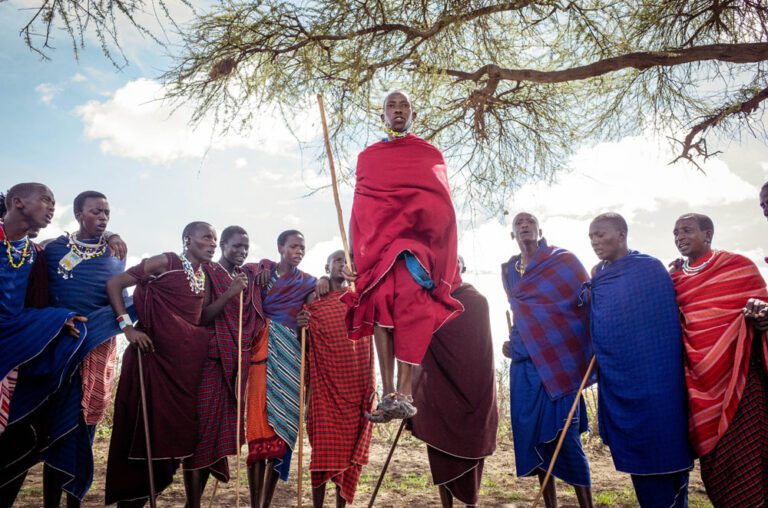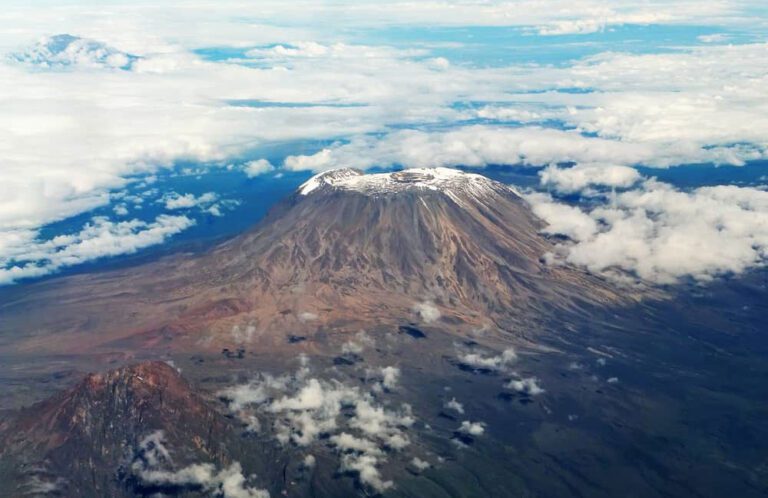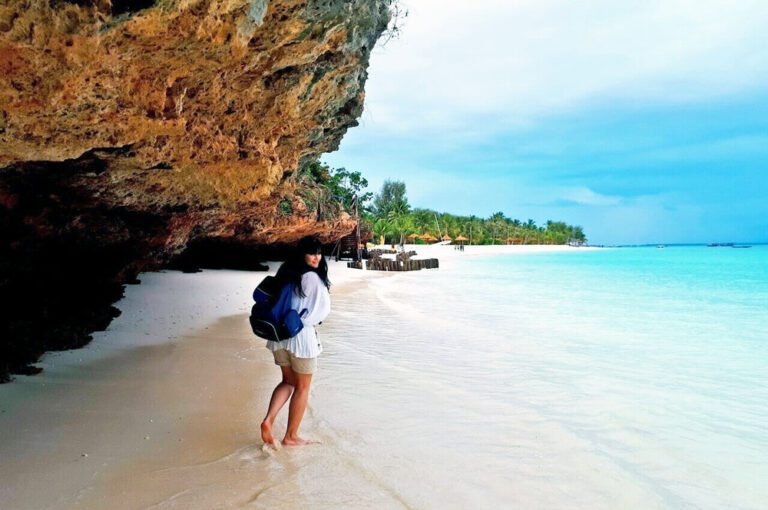Serengeti Park: 10 Activities to Make Your Safari Unforgettable
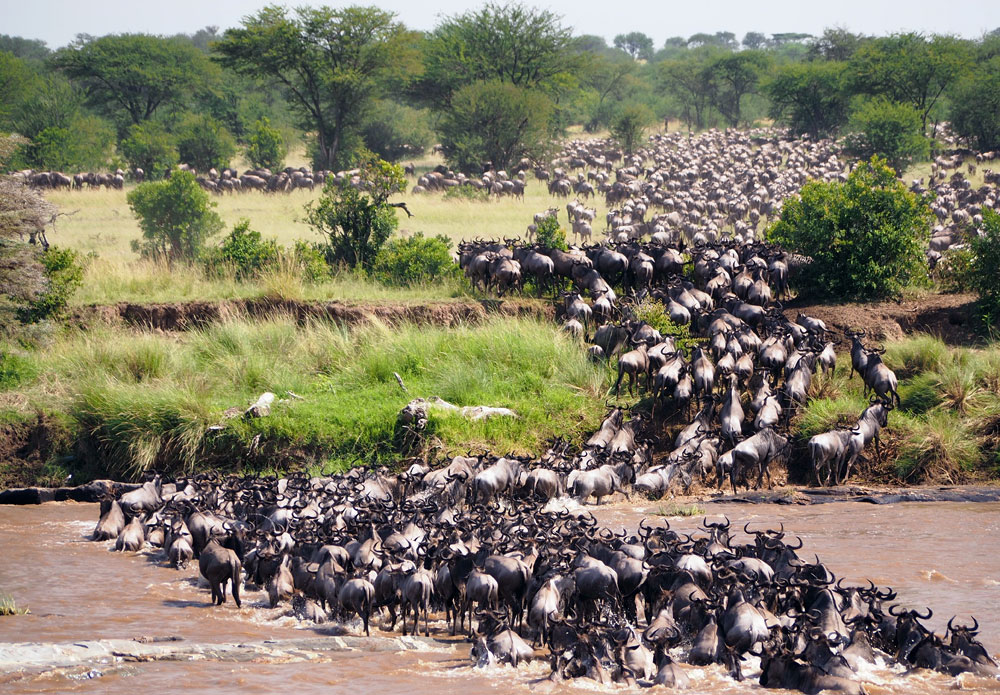
Serengeti is a vast ecosystem located in northern Tanzania that spans over 30,000 square kilometers (12,000 square miles) and includes the Serengeti National Park, the Ngorongoro Conservation Area, and other protected areas.
It is one of the most famous wildlife destinations in the world and is home to a diverse range of wildlife species, including the “Big Five” (lions, elephants, leopards, buffalos, and rhinoceros) and the annual wildebeest migration.
The Serengeti National Park covers an area of approximately 5,800 square miles (15,000 square kilometers) and is a UNESCO World Heritage Site. It is known for its vast plains, where millions of wildebeest, zebras, and gazelles migrate every year in search of fresh grass and water.
The Serengeti is also home to the Maasai people, a semi-nomadic tribe that has lived in the region for centuries. The Maasai are known for their distinctive dress, customs, and way of life, and they play an important role in preserving the local culture and environment.
The Serengeti National Park in Tanzania is one of the most popular safari destinations in Africa. Here are 10 activities that will make your safari at Serengeti Park unforgettable:
1. Witness the Great Wildebeest Migration
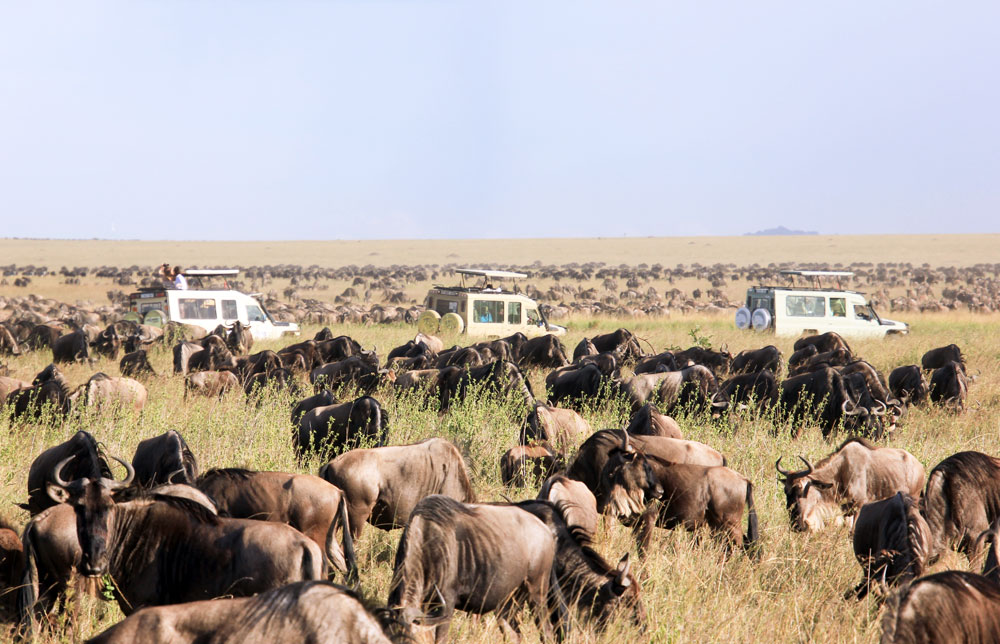
The great wildebeest migration in the Serengeti National Park is a natural spectacle that’s hard to put into words. Imagine seeing millions of animals moving together in a never-ending stream, as far as the eye can see. It’s a breathtaking sight and a true test of survival.
The migration starts in the southern part of the park where the wildebeest and other grazing animals give birth to their young. As the dry season sets in and the grass starts to wither the herds start to move north in search of fresh grazing lands. This journey can cover over 1,000 miles and takes several months to complete.
The wildebeest and other animals face many challenges along the way, including river crossings, predation, and exhaustion. The Mara River crossing in particular is one of the most dramatic and dangerous parts of the migration as the wildebeest must navigate crocodile-infested waters.
As the herds move through the Serengeti they attract predators such as lions, hyenas, and cheetahs, who follow them in search of an easy meal. The sheer number of animals makes it an incredible opportunity for wildlife viewing and photograpy.
2. Go on a Game Drive
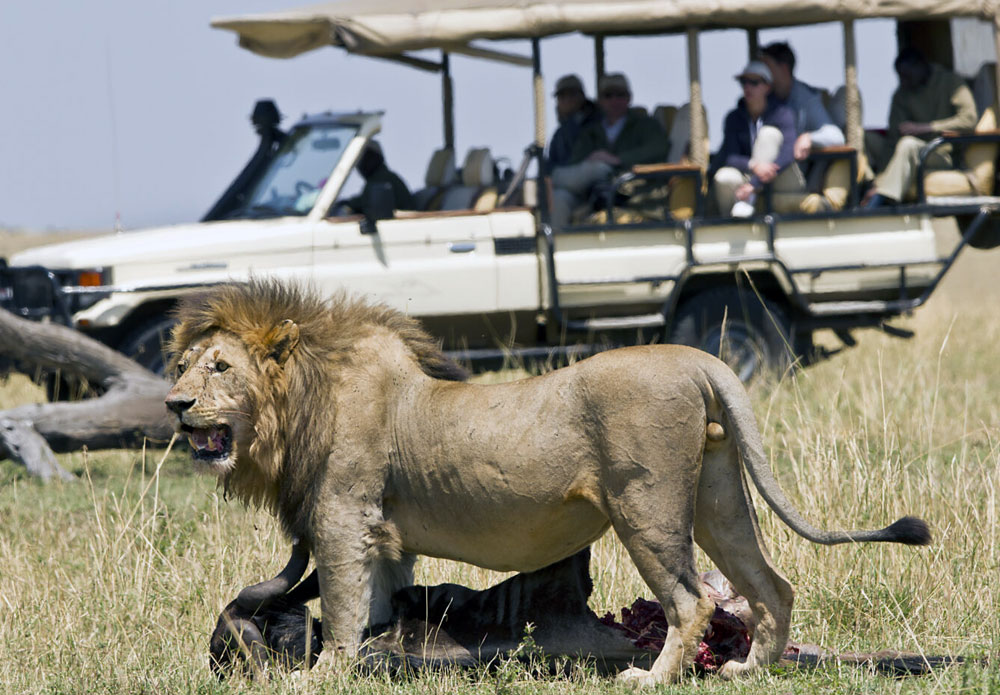
A game drive is one of the best ways to experience Serengeti Park and see its incredible wildlife up close. Here’s what you can expect on a game drive:
A game drive in the Serengeti is an unforgettable experience that will give you a greater appreciation for the park’s wildlife and natural beauty.
3. Visit the Maasai Village
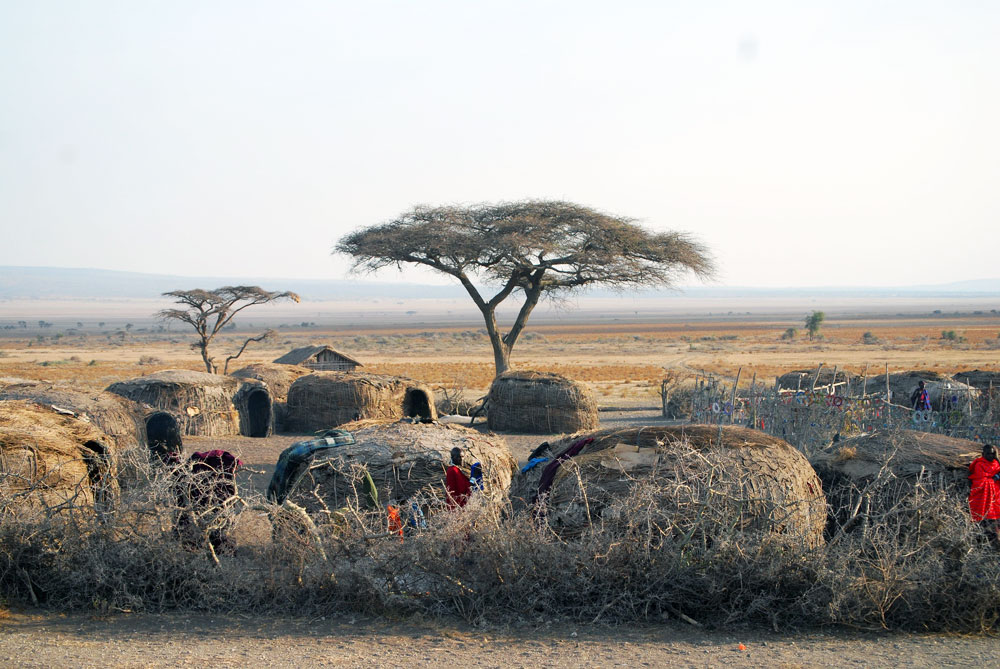
The Maasai are a traditional pastoralist tribe that inhabits the area surrounding the Serengeti. A visit to a Maasai village is a great way to learn about their customs, culture, and way of life.
The Maasai have preserved their traditional way of life for centuries. They are known for their distinctive dress which includes brightly colored shukas (cloth wraps), beaded jewelry, and sandals made from recycled tires.
During a visit to a Maasai village, you will meet with Maasai families, learn about their daily routines and customs and see how they live in harmony with the environment. You may be able to participate in traditional Maasai activities such as milking cows, making fire, and dancing.
Many Maasai villages also have small markets where you can purchase handmade crafts and jewelry made by the Maasai.
It is important to be respectful when visiting a Maasai village and to follow their customs and traditions and it is recommended to visit with a knowledgeable guide who can help you navigate cultural differences and ensure that your visit is a positive experience for both you and the Maasai people.
4. Enjoy a Hot Air Balloon Safari

A hot air balloon safari is a unique and thrilling way to experience the Serengeti National Park. It offers a bird’s-eye view of the park’s stunning landscape and wildlife and is an unforgettable experience.
The balloon safaris usually take place in the early morning when the weather is calm and the animals are most active. You will be picked up from your lodge or campsites and driven to the launch site, where you will board the balloon.
Once the balloon is airborne you can enjoy panoramic views of the park and the surrounding area, including the Serengeti plains, hills, and valleys. From above, you can see wildlife such as elephants, giraffes, and lions moving across the landscape making for a breathtaking sight.
The balloon safari typically lasts for about an hour and once the balloon lands you will be treated to a champagne breakfast in the bush complete with stunning views of the Serengeti.
While a balloon safari is a more expensive option than a game drive or walking safari, it’s an incredible experience that many visitors to the Serengeti National Park say is worth every penny.
Keep in mind that balloon safaris are weather-dependent and may be canceled or rescheduled due to wind or other conditions. Also, make sure you book in advance to ensure availability as balloon safaris are a popular activity in the park.
5. Visit Olduvai Gorge
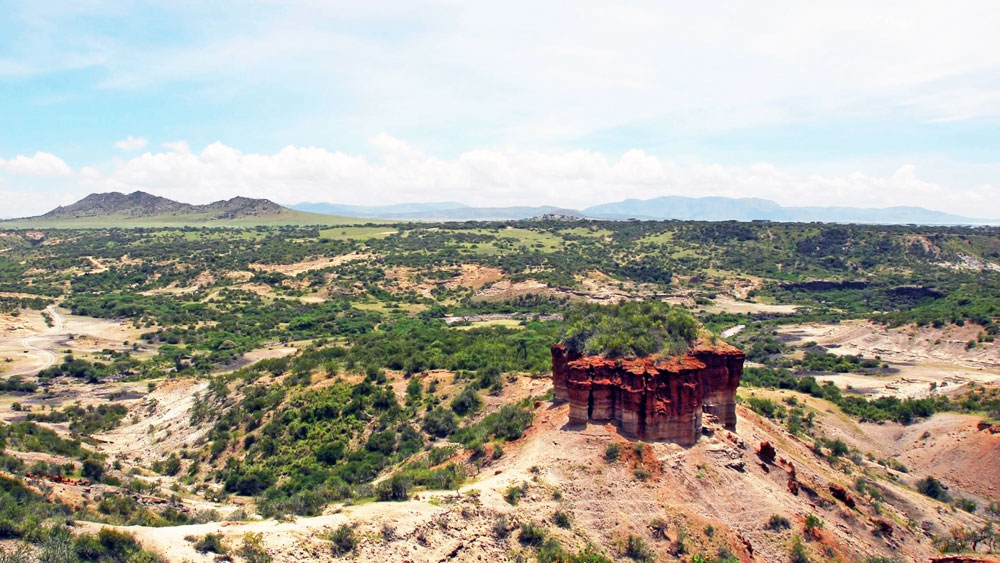
The Olduvai Gorge is one of the most important archaeological sites in the world and is often referred to as the “cradle of mankind.”
Visiting the Olduvai Gorge is a must-do activity for anyone interested in history, archaeology, and anthropology which is located in the Ngorongoro Conservation Area, about 31 miles (50 km) west of the Serengeti National Park.
The gorge is famous for its early human fossils, tools, and artifacts that date back millions of years. It is believed that early human ancestors lived here over 2 million years ago and the site has provided significant insight into the evolution of human beings.
You can take a guided tour of the gorge which includes a visit to the Olduvai Museum and a walk through the gorge itself. The museum showcases a collection of fossils, tools, and artifacts that have been excavated from the gorge over the years.
The walk through the gorge is a unique experience, as you can see the layers of sediment and rock that have built up over millions of years providing a glimpse into the history of the Earth and its inhabitants.
6. Go Bird watching
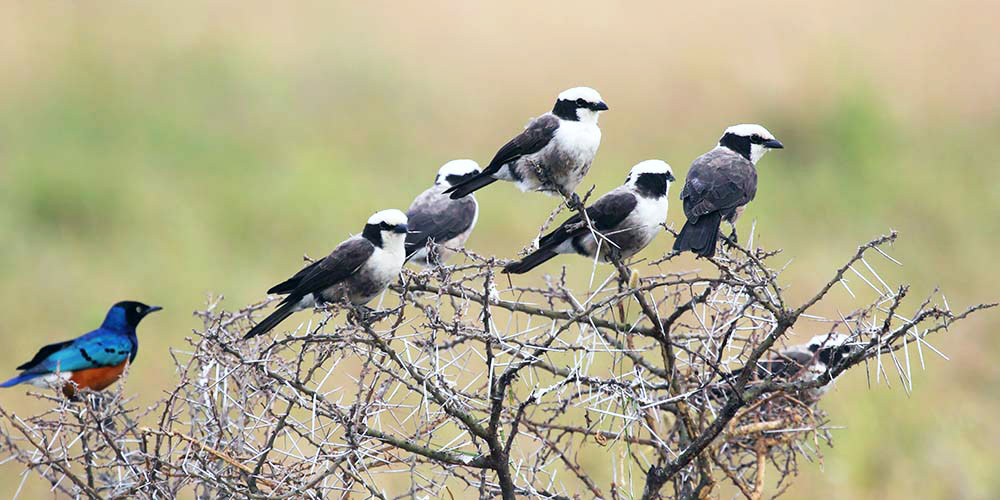
The Serengeti National Park is home to a wide variety of bird species, making it an excellent destination for birdwatching enthusiasts. With over 500 bird species recorded in the park, you can expect to see a diverse range of birds including migratory species that visit during certain times of the year.
Some of the most common birds that you can expect to see in the park include ostriches, eagles, vultures, storks, herons, kingfishers, and weavers. There are also a number of endemic species such as the grey-breasted spurfowl and the Fischer’s lovebird.
You can go birdwatching on a guided walking safari or a game drive where a knowledgeable guide can help identify different bird species and provide interesting facts about their behavior and habitats.
7. Go on a Walking Safari
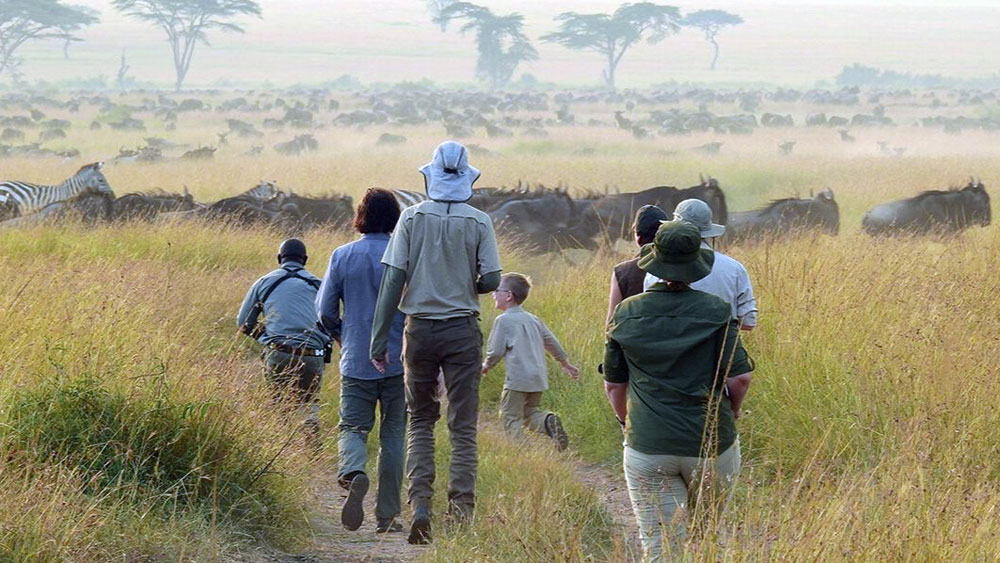
For a more immersive experience, you can go on a walking safari with an experienced guide. Walking safaris are led by experienced guides who are trained in tracking and identifying wildlife and who can provide insight into the ecology and behavior of the animals and plants in the area.
During a walking safari, you can get up close to the flora and fauna of the Serengeti and experience the sights, sounds, and smells of the natural environment in a more intimate way. It’s a great way to appreciate the small details of the landscape and the unique features of individual animal species.
Walking safaris can vary in length and intensity from short nature walks to multi-day hiking adventures. It’s important to follow all instructions and guidelines provided by the guide, including staying at a safe distance from any dangerous wildlife.
Some of the highlights of a walking safari in the Serengeti can include tracking and observing large mammals such as elephants, buffalo, and giraffes, as well as seeing smaller animals such as birds, reptiles, and insects up close.
It’s also a great opportunity to learn about the traditional uses of plants and herbs by the local Maasai people, who have lived in the area for centuries.
8. Go Camping
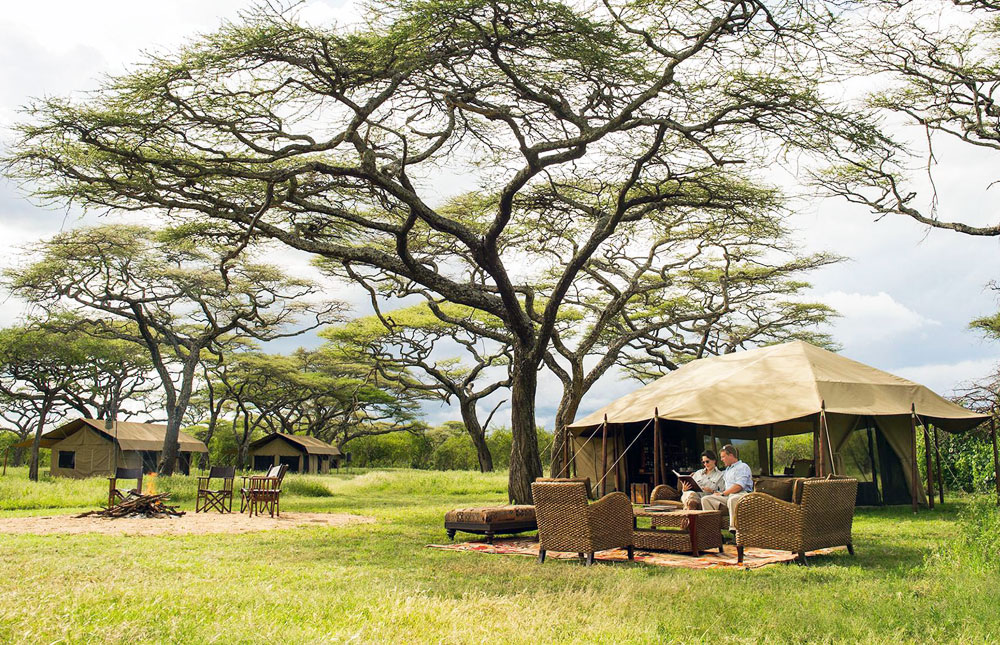
Camping is a popular and adventurous way to experience the Serengeti and its wildlife. There are several campsites located within the park offering you the chance to immerse yourself in the wilderness and enjoy the sights and sounds of the African bush at night.
Most campsites in the Serengeti are basic with few amenities beyond a fire pit, picnic table, and basic toilet facilities. However, some campsites do offer more luxurious accommodations, including fully-equipped tents, comfortable beds, and private bathrooms.
Camping in the Serengeti can be a great way to get closer to nature and experience the park in a more authentic way. You can hear the sounds of the wildlife at night and may even be able to spot some of the nocturnal species that come out after dark.
It’s important to note that camping in the Serengeti can be challenging, and visitors should be prepared for the harsh conditions of the African bush. This includes bringing adequate supplies, including food, water, and camping gear, and following all park regulations and guidelines for camping.
9. Experience a Night Game Drive
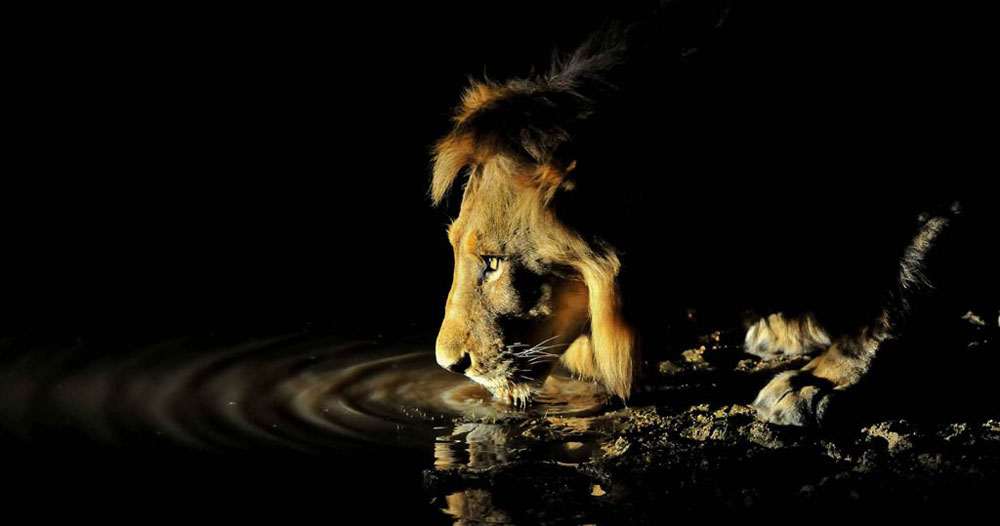
A night game drive is a unique and exciting way to experience Serengeti Park. During a night game drive, you have the opportunity to see a different side of the park’s wildlife as many animals are more active at night than during the day.
To take part in a night game drive in Serengeti Park you will need to book a guided tour with a licensed tour operator or with the park’s own guides. The park’s night game drives typically start around sunset and last for a few hours giving you the chance to see nocturnal animals such as hyenas, leopards, and lions, as well as other animals that are more active at night, such as hippos and bush babies.
During a night game drive, you will be driven in a safari vehicle equipped with a spotlight which the guide will use to search for wildlife. The park’s rules and regulations require that all vehicles must stay on designated roads and tracks and that guests must not exit the vehicle at any time during the night game drive.
It is important to dress warmly for a night game drive as temperatures can drop significantly after sunset. You should also bring binoculars and a camera to capture the amazing wildlife sightings.
10. Visit the Retima Hippo Pool

The Retina Hippo Pool is one of the most popular attractions in Serengeti Park. This natural pool is home to a large number of hippos and it’s a great place to see these magnificent creatures up close.
The pool is located in the northern part of the park, near the Retima Wildlife Lodge, and can be accessed via a dirt road.
When you arrive at the Retima Hippo Pool you will have the opportunity to observe the hippos from a safe distance. Hippos are known to be aggressive and territorial so it’s important to keep a safe distance from them and avoid making loud noises or sudden movements.
You can watch the hippos as they lounge in the water, play with each other, and occasionally emerge from the water to graze on the grass near the pool. The Retina Hippo Pool is also a popular spot for birdwatching and you may see a variety of bird species in the surrounding trees and bushes.
It’s important to note that the Retina Hippo Pool is a natural habitat for these animals and you must respect the park’s rules and regulations which include not feeding the hippos or littering in the area.
Best Time to Visit Serengeti Park
Overall, the best time to visit Serengeti National Park depends on your interests and preferences. Some things to keep in mind when planning your trip include:
No matter when you visit the park offers incredible wildlife viewing, stunning landscapes, and unforgettable experiences.


